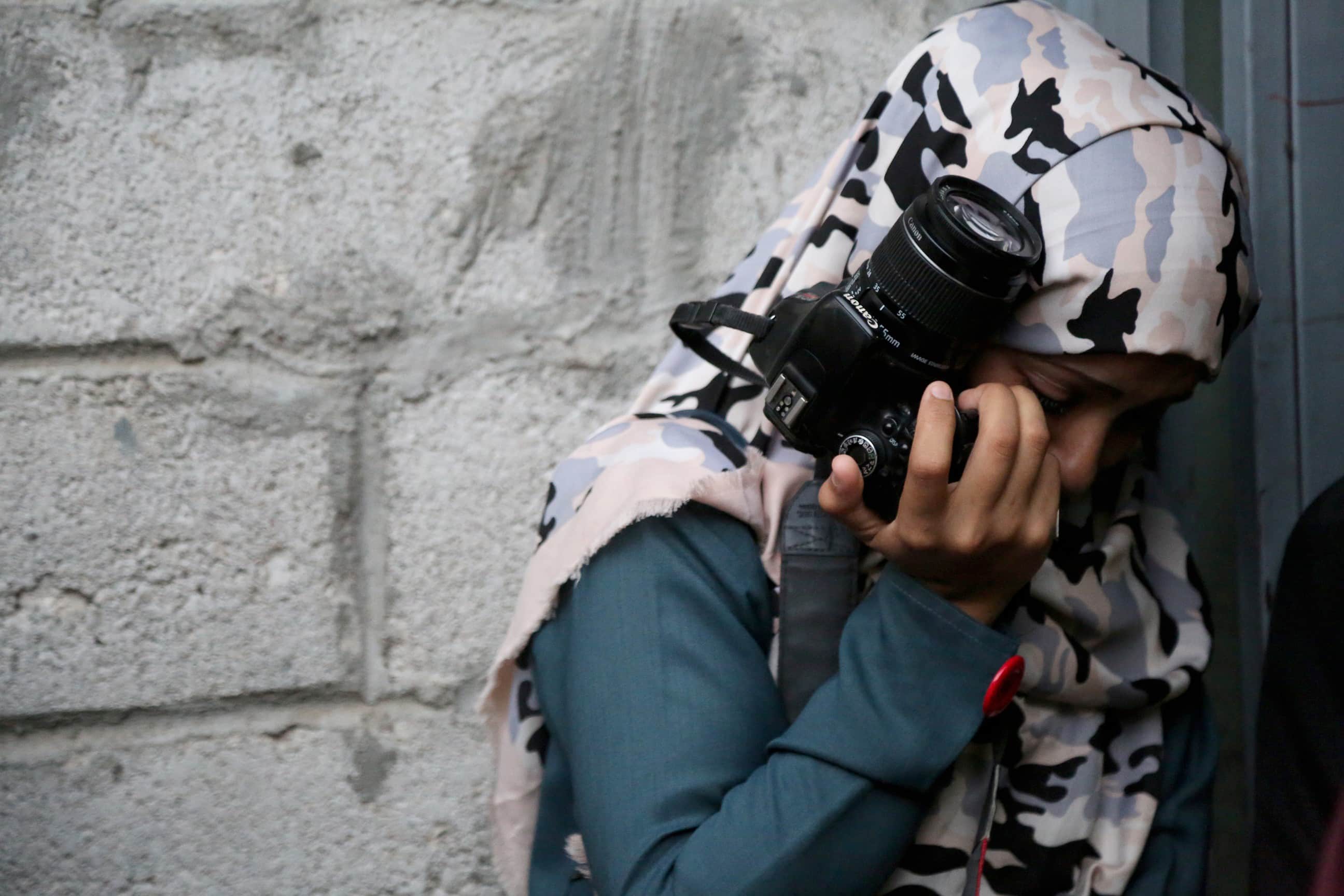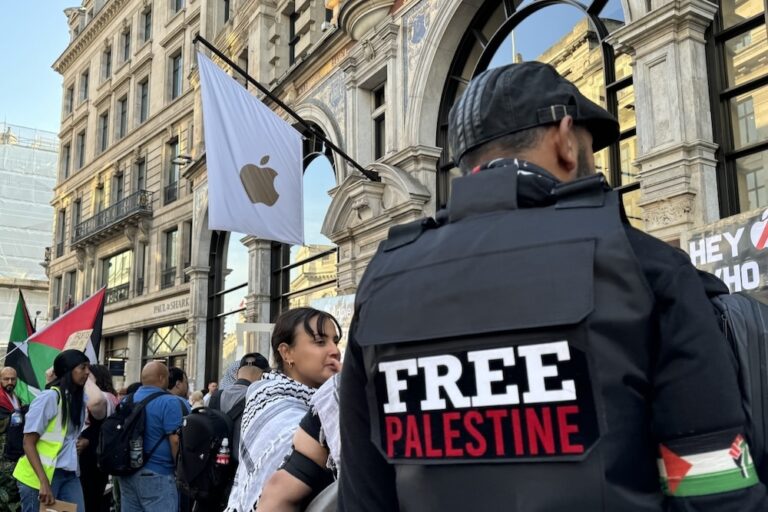After 2017 proved to be one of the least deadly years ever for the media, a total of 47 professional journalists, citizen-journalists and media workers have already been killed in the first six months of 2018.
This statement was originally published on rsf.org on 27 June 2018.
The year is off to a troubling start for journalists. After 2017 proved to be one of the least deadly years ever for the media, a total of 47 professional journalists, citizen-journalists and media workers have already been killed in the first six months of 2018, according to the tally of press freedom violations kept by Reporters Without Borders (RSF).
The breakdown of figures for the first half of 2018 is 36 professional journalists, nine citizen-journalists and two media workers killed worldwide. The deadliest countries are Afghanistan with 11 journalists killed, Syria with seven, Yemen with five, and Mexico with five.
RSF is responding to these alarming figures by stepping up its assistance to journalists in distress. Almost 40 percent of RSF grants have been used to help journalists in danger to relocate to a safer place. The four deadliest countries – Afghanistan, Syria, Yemen and Mexico – have received a third of RSF’s worldwide budget for assisting journalists in distress.
Afghan journalists especially vulnerable
Ranked 118th out of 180 countries in RSF’s 2018 World Press Freedom Index, Afghanistan has seen several suicide bombings since the start of the year, which have been responsible for most of the 11 media fatalities. Many other journalists are being constantly threatened by the different parties to the Afghan conflict. Those targeted include women journalists, who are particularly vulnerable in a country where fundamentalist propaganda is enforced in several regions.
Since helping to create the Centre for the Protection of Afghan Women Journalists (CPAWJ) in March 2017, RSF has continued to provide assistance to the centre. This unique NGO’s mission is to support and protect women journalists. Thanks in part to RSF’s financial and moral support, the centre managed to conduct the first-ever survey of women in the Afghan media, establishing that the country has 1,761 women media workers, including 764 professional journalists.
RSF and the CPAWJ have jointly provided women journalists with physical safety training and have called on the Afghan government and parliament to provide them with greater protection, especially in the more remote provinces. They have also called for the drafting of a charter for the protection of women journalists within news organizations.
Fleeing war
Violence continues to take its toll on the few journalists still working in Syria (ranked 177th in the Index) and Yemen (167th). One professional journalist, five citizen-journalists and one media worker have been killed in artillery bombardments and air strikes in Syria since the start of the year. The toll in Yemen has been three professional journalists and five citizen-journalists killed.
In these two countries, which are news and information black holes, many journalists have had no choice but to either stop working or flee abroad to escape the threats to which they are exposed. RSF provides those who flee with specific assistance designed to help them reach a safe refuge or to cover their most urgent needs after they have fled.
These Syrian and Yemeni journalists have received 20 percent of RSF’s overall assistance funding in 2018 and more than three quarters of its funding for the Middle East and North Africa region. In total, 15 Syrian and Yemeni journalists have received grants since the start of the year. Six of them found a safe refuge in another country, seven were given funds to cover their most urgent needs in exile, and RSF helped the other two pay their medical fees.
RSF beneficiaries have included Syrian journalist Ahmed Abdelqader, the founder and editor of the newspaper Ain Ala al-Watan (“Eye on the Homeland”), who sustained gunshot injuries to the jaw, and lost his hearing in his left ear when he was the target of a shooting attack claimed by the Islamic State in the city of Urfa, in southeastern Turkey, on 12 June 2016. RSF paid for his hospital fees and, when the threats continued, helped him find a refuge in Istanbul while he waited for his asylum application to be processed. Thanks to RSF’s support, he has been living in France since October 2016.
Fleeing threats
On the other side of the world, Mexico (ranked 147th in the Index) is the Western hemisphere’s most dangerous country for journalists, with five brutally murdered since the start of the year and 14 others threatened with murder.
Alberto Escorcia has received many threats as a result of his investigative reporting on online trolls who target journalists in Mexico. RSF helped him to find a safe refuge abroad. RSF also provides this kind of direct assistance in other Latin American countries to journalists and sometimes their families seeking to flee threats.
Of the total of 10 grants awarded in Latin America during the first six months of 2018, half covered the costs of relocating five journalists (two Brazilians, a Mexican, a Honduran and a Colombian) and one went to help the family of Nicaraguan journalist Angel Eduardo, who sustained a fatal gunshot wound to the head while covering a protest on Facebook Live.



